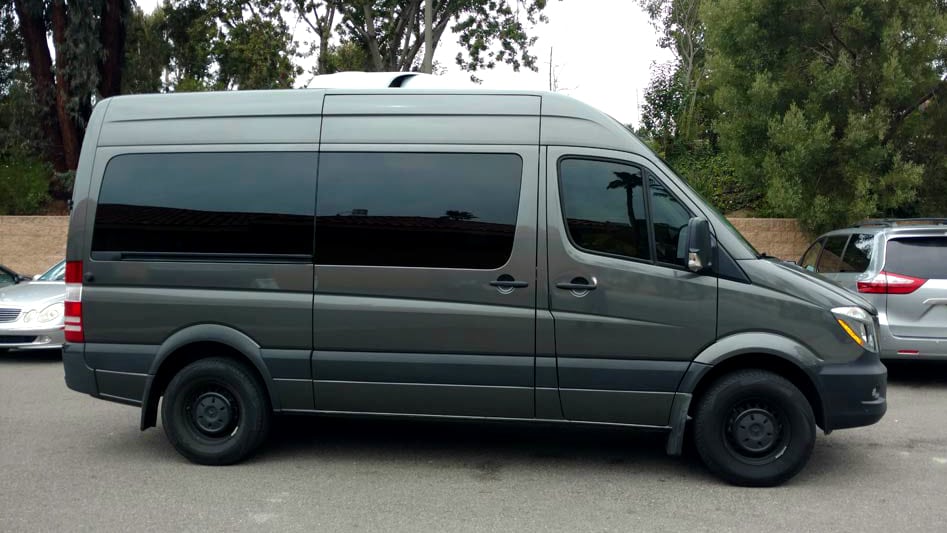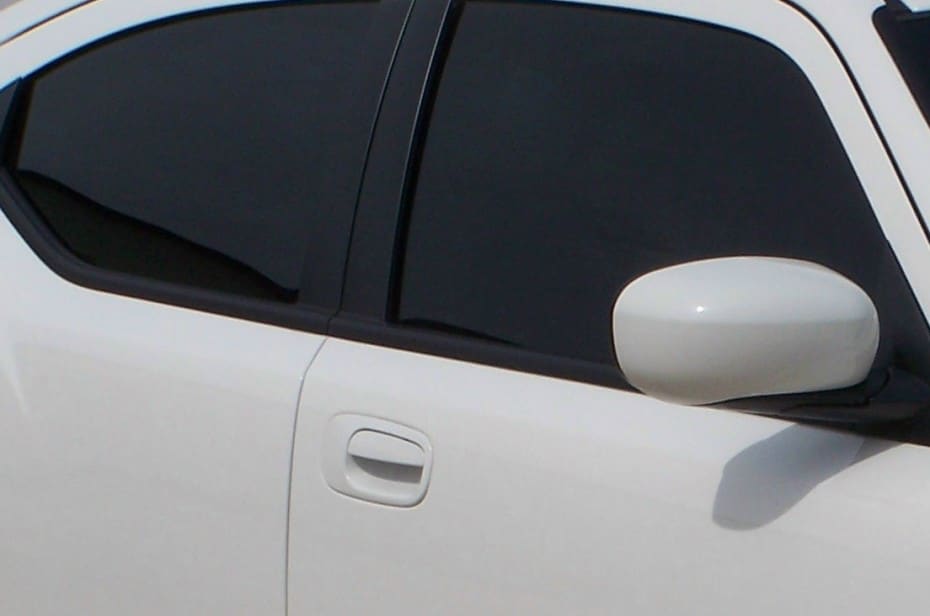Tinted windows are a godsend in the warm and humid summers of Mississippi. It’s a fantastic upgrade with many advantages.
It not only blocks out harsh sunlight and glare, but it also provides a ton of privacy and makes your car look nice.
That said, there’s a flip side to tinted windows. Excessively dark tints will make for poor visibility during bad weather or when you’re driving at night.
There’s also the concern of misused privacy. One of the most important reasons why tint laws even exist is to spot stop people from misusing window tints to conceal illegal activity.
That’s why all 50 states have their own tint laws formulated based on local conditions and situations.
Mississippi also has its own tint laws. So if you’re moving here or you intend on buying a new car, it’s essential to know about these laws.
In this guide, we’ll explore window tint laws in Mississippi.
Is Window Tint Legal in Mississippi?

The tint laws in Mississippi saw the light of day relatively earlier than other U.S. states — Mississippi was the 6th state to enforce these laws. They were introduced in 1988 and then revised in 2006.
Tint laws mainly have to do with window transparency and reflection levels. Read along as we explore the details below.
Permitted Window Tint Darkness
Window tint darkness refers to the amount of light that your windows are able to let through. The darker they are, the harder it’s going to be to see through them.
Extremely dark tints can impair your visibility, as well as make it difficult for people outside the car to identify the driver and passengers.
Some amount of light needs to be filtered through for the sake of visibility, which is why extremely dark tints, especially on the windshield and front windows, are outlawed in most states.

The amount of light filtering through the window is measured with the help of a unit called VLT or visible light transmission.
For example, if your windows have 40% VLT, then they’ll only filter 40% of the ambient light through them. The lower the VLT%, the darker the tint.
The tint laws set limits on how dark your windows can be, and this is done by means of stipulating VLT levels depending on what type of car you drive and which exact window you want to install the tint on.
It should be noted that some vehicles have tinted windows from the factory. That’s something to consider if you’re going to install tint film.
If you apply tinted film after the vehicle is delivered to you (regardless of whether the windows are already tinted or not), the film applied by you is known as aftermarket tint.
When a VLT level is specified for a window, it generally means that the VLT of the glass and the tinted film applied together should equal this number.
For example, if your car comes with a factory tinted 10% VLT windows and you install 20% VLT tint over that, then the VLT level of the glass window and the tinted film applied should together equal the legal limit.
In this case, it would be 30%, which is legally acceptable in Mississippi (the limit is 28% for front windows).
Sedans
Windshield: Non-reflective tint is allowed if it’s above the manufacturer’s AS-1 line
Driver-side windows: Minimum VLT of 28%
Passenger-side windows: Minimum VLT of 28%
Rear window: Minimum VLT of 28%
SUVs and Vans

Windshield: Non-reflective tint is allowed if it’s above the manufacturer’s AS-1 line
Driver-side windows: Minimum VLT of 28%
Passenger-side windows: No minimum VLT
Rear window: No minimum VLT
Acceptable Tint Reflection
The amount of light reflecting off your tinted window is referred to as tint reflection. Excessive or strong reflections from highly reflective tinted windows can pose a hazard to other drivers on the road.
Therefore, the reflectiveness of tinted windows is also restricted by the Mississippi tint law.
Sedans
Windshield: Non-reflective tint is allowed if it’s above the manufacturer’s AS-1 line
Driver-side windows: Maximum reflectiveness of 20%
Passenger-side windows: Maximum reflectiveness of 20%
Rear window: Maximum reflectiveness of 20%
SUVs and Vans
Windshield: Non-reflective tint is allowed if it’s above the manufacturer’s AS-1 line
Driver-side windows: Maximum reflectiveness of 20%
Passenger-side windows: Maximum reflectiveness of 20%
Rear window: Maximum reflectiveness of 20%
Other Mississippi Tint Rules You Need to Know

A few other rules and regulations concerning tint laws in Mississippi that vehicle owners need to be aware of:
- Side mirrors: Not required by law
- Color restrictions: No color restrictions
- Manufacturer’s certificate: Required; tinted film needs to be certified by the manufacturer in order to sell.
- Stickers: Required; a specialized sticker must be affixed to indicate the legality of the tinted glass.
- Penalties: $100 fine for first-time offenders with the possibility of 10 days in jail, and $200 for each repeated offense with the possibility of 30 days in jail.
- Medical exemptions: Permitted.
State of Mississippi Info

Nestled in the southeastern United States, Mississippi is named after misi-ziibi, the Ojibwe word for “great river”. The state stands at 31st in population and 32nd in size.
The state is bordered by the Gulf of Mexico, Alabama, Louisiana, and the Mississippi River, and is popular as the birthplace of blues music and the site of many crucial events of the civil rights movement.
Population: 2,949,965
Capital: Jackson
Registered vehicles: 2,015,915
Total lane miles: 162,088
Number of highways: 9
Tint law references: Mississippi Code
Medical exemption references: Department of Public Safety Driver Service Bureau

